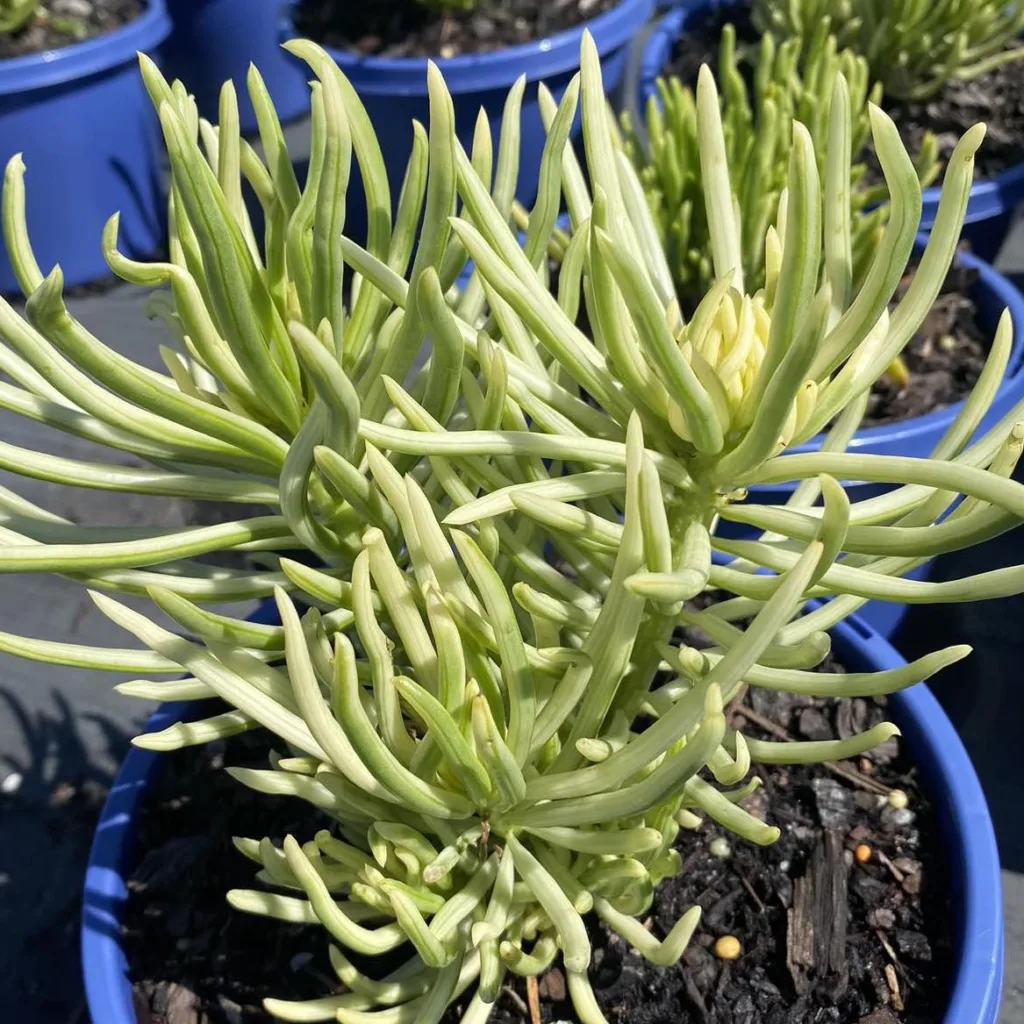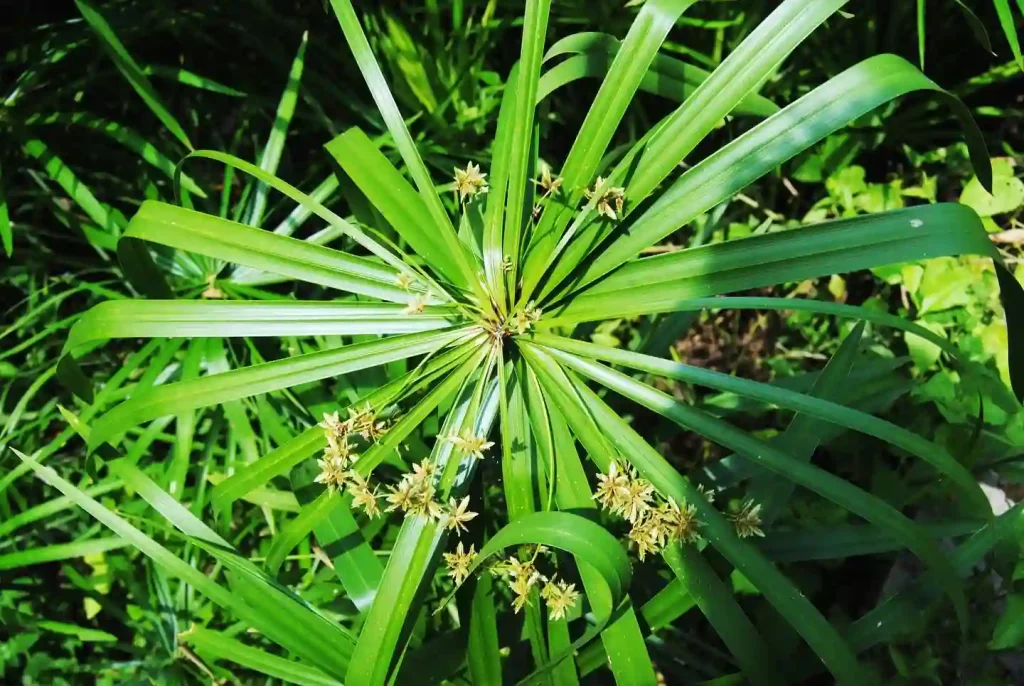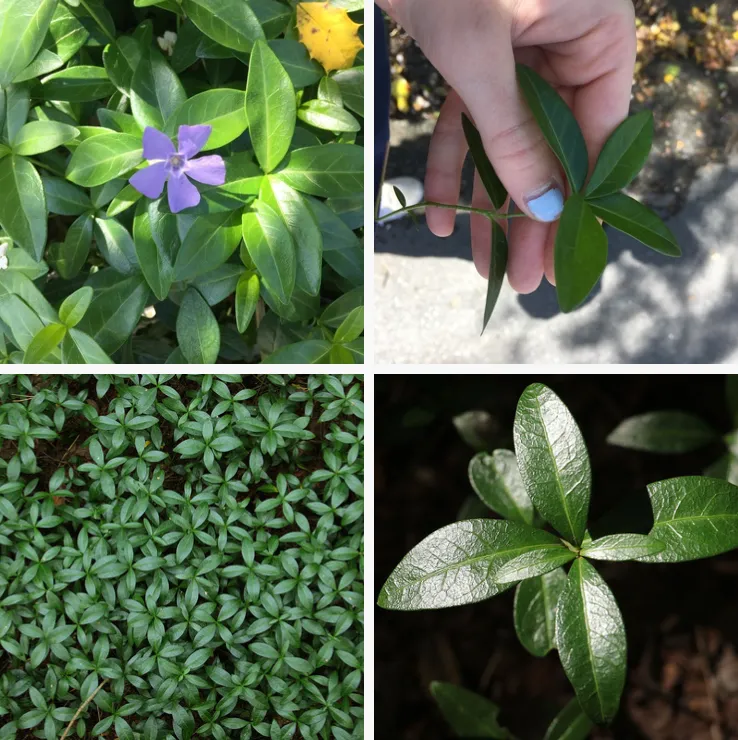Exploring the Lophopyxidaceae Family and the Genus Lophopyxis
When it comes to exploring lesser-known plant families, one that often flies under the radar is Lophopyxidaceae. As a plant enthusiast who loves diving into unique botanical families, I find this particular family intriguing for several reasons. What stands out the most is its simplicity—Lophopyxidaceae consists of a single genus: Lophopyxis. Let’s break down what makes this family special and why it deserves a closer look.
Overview of the Lophopyxidaceae Family
The Lophopyxidaceae family is relatively small and distinct, consisting solely of the genus Lophopyxis. Native to Southeast Asia, it tends to inhabit tropical regions with high humidity and diverse ecosystems. This family falls under the order Celastrales, which contains several other plant families, including the more well-known Celastraceae. However, the uniqueness of Lophopyxidaceae comes from its solitary genus and the specific adaptations that plants in this group have developed over time.
What I find fascinating about this family is how it thrives in specific ecological niches. Plants in the Lophopyxidaceae family are often found in lowland forests, where they can benefit from moist, nutrient-rich soil. These environments are typically lush and full of biodiversity, and it’s interesting to see how Lophopyxis has evolved to flourish in such settings. Though it’s a small family, its evolutionary path and survival strategies are notable.
The Genus Lophopyxis: A Closer Look
The genus Lophopyxis is the cornerstone of the Lophopyxidaceae family. While this genus may not be well-known among casual plant enthusiasts, it is a fascinating subject for those who appreciate botanical diversity. The species within this genus are woody climbers, a trait they share with many other tropical plants that have evolved in dense, competitive environments.
From my experience with similar species, plants that are climbers, such as Lophopyxis, usually adapt well to their surroundings by taking advantage of vertical growth. They often rely on other plants or structures for support, allowing them to reach sunlight more efficiently in dense forest areas where competition for light can be fierce.
What makes Lophopyxis species unique is their ability to thrive in shaded environments, thanks to their climbing habit and efficient light-capturing strategies. Although they are not widely cultivated, their natural climbing mechanisms and adaptive traits make them an interesting subject for research in plant morphology and ecology.
Ecological Importance and Adaptation
One of the reasons I’ve grown so interested in Lophopyxidaceae is its specific adaptations to its native habitats. Plants in this family often thrive in tropical environments, where humidity and rainfall are abundant. This allows them to make the most of the rich soil and shade provided by taller forest canopies. As climbers, Lophopyxis species have developed structural adaptations that help them secure themselves to nearby trees or other surfaces, enabling them to access sunlight even in shaded conditions.
This niche adaptation makes Lophopyxis a valuable part of its ecosystem. By climbing to reach light, the genus coexists with larger plants without directly competing for space at ground level. This ability to share resources without directly competing with other plant species is an essential factor in maintaining biodiversity within their habitat. It’s an elegant solution to the challenges presented by life in a dense tropical forest.
Botanical Characteristics of Lophopyxis
In terms of appearance, Lophopyxis species exhibit some classic characteristics of tropical climbers. Their woody stems allow for durable growth and long-term survival in competitive environments. They often produce small, inconspicuous flowers, typical of plants that don’t rely heavily on animal pollinators. Instead, their reproductive strategies are more likely adapted to wind pollination, which is common in dense forest settings where airflow can disperse pollen over greater distances.
Although not widely known, the subtle beauty of Lophopyxis lies in its functional design. The leaves are usually simple, with entire margins, and the plants produce small fruits that contribute to their propagation in the wild. This simplistic structure is key to their survival, allowing them to maintain low-energy investments in reproduction while maximizing their chances of success in their particular environments.
Relevance to Plant Enthusiasts and Botanists
As a plant enthusiast, I’m always looking for new areas of exploration, and the Lophopyxidaceae family presents a unique opportunity to dive deeper into tropical botany. While Lophopyxis may not be as immediately captivating as more flamboyant plants like orchids or bromeliads, its ecological role and adaptations are impressive. It’s also a reminder of how vast and varied the plant kingdom is, even within small families like Lophopyxidaceae.
For botanists and ecologists, Lophopyxis offers insights into how climbing plants adapt to tropical ecosystems. Understanding these plants can provide broader knowledge about the survival strategies of other species in similar environments. Given its rarity and specific habitat requirements, Lophopyxis could also be of interest to conservationists looking to protect the biodiversity of Southeast Asian forests.
Conclusion: Why Lophopyxidaceae Matters
Though small and relatively obscure, the Lophopyxidaceae family and its sole genus Lophopyxis offer much to explore for those fascinated by plant diversity. From its unique ecological role to its efficient climbing adaptations, Lophopyxis embodies the resourcefulness that characterizes so many tropical plant species. Whether you’re a plant enthusiast like me, or a professional botanist, there’s something compelling about the survival strategies and natural beauty of this little-known plant family.
By shedding light on underrepresented families like Lophopyxidaceae, we can appreciate the full spectrum of plant diversity that makes the world’s ecosystems so rich and vibrant.
If i die, water my plants!



